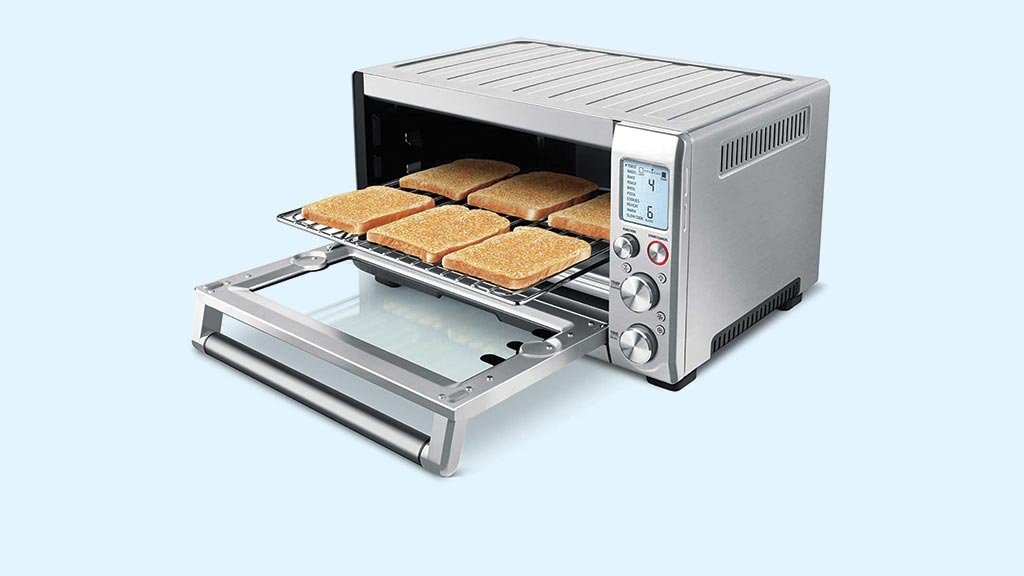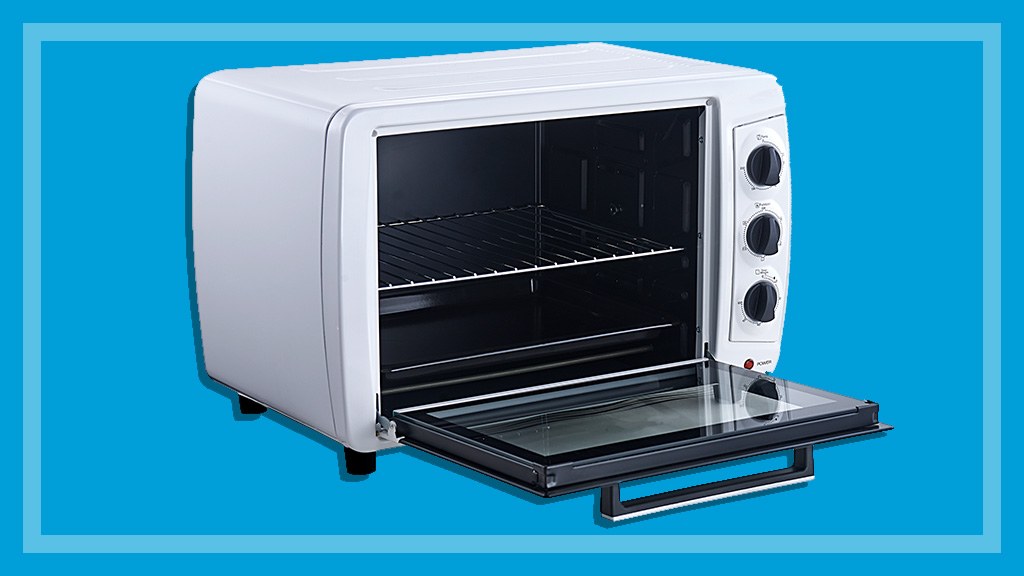Get our independent lab tests, expert reviews and honest advice.
How to buy the best benchtop or toaster oven

If you’re limited on space only cooking in smaller quantities, a benchtop oven may be just what you need. A benchtop oven can bake, roast, grill and toast, and some even come with a hotplate on top – all at a fraction of the price of a full-sized oven.
On this page:
- What is a benchtop oven?
- Can a benchtop oven be as good as a full-sized oven?
- Are benchtop ovens better than convection microwaves?
- What to look for in a benchtop oven
- Benchtop ovens with air frying functionality
- Are benchtop ovens safe?
- How to clean a benchtop oven
- How much do benchtop ovens cost?
We explain the pros and cons of benchtop ovens and the features to look for.
What is a benchtop oven?
A benchtop oven is a compact alternative to a full-sized oven. It’s useful for small cooking jobs like cheese on toast and reheating pastry, pizza and other pre-packaged foods. It’s also handy when space is an issue. While you can roast, bake and grill in one, if you’re usually cooking in larger quantities, a benchtop oven might not be suitable for you.
There are two types available:
- Benchtop/toaster oven – this is a mini version of a full-sized oven
- Glass convection oven – a big heat-resistant glass bowl with a lid that contains the heating element and fan.
Pros
- Compact
- Doesn’t require any installation
- Best for cooking in smaller quantities
- Can be portable
- Good for reheating leftovers
Cons
- Not suitable for cooking in large quantities
- Takes up considerable space on your benchtop
- No bottom element for base cooking
Can a benchtop oven be as good as a full-sized oven?
Benchtop ovens are compact and may use slightly less energy than a full-sized oven, but their small size rules out big cooking jobs – so it’s dinner for two at most. They get the job done, but we find they don’t produce the kind of results you’d get from a conventional full-sized oven.
This is because the heating element and fan on a benchtop oven is situated on the ceiling, whereas in a full-sized oven the fan is situated on the back wall. This means multi-shelf cooking isn’t as effective in a benchtop oven because the air doesn’t circulate through the oven as well. Benchtop ovens also lack a bottom element, so base cooking is lacking from dishes like pizza and quiche or any foods that require a crisp base.
Are benchtop ovens better than convection microwaves?
A typical convection microwave oven (or even just a microwave oven with grill element), offers more options and better cooking than a benchtop oven. However, convection microwaves are generally larger and more expensive – the models we’ve tested range in price from $129–2249.
What to look for in a benchtop oven
- Capacity Is the oven big enough for the cooking tasks you want to use it for and will it fit your cookware?
- Space Consider how much bench space a benchtop oven will consume and determine if you can accommodate one on your bench.
- Controls Are the controls clearly labelled and easy to press, grip or turn? Digital temperature controls give better accuracy. Look for variable temperature control, ranging from 40–230°C, which will allow for more cooking options, such as dehydrating.
- Racks How many racks does it have and are there reversible racks for extra height options?
- Accessories Which accessories does it come with, and do these suit my needs? For example, pizza tray, roasting tray and rotisserie for compact ovens, and air fryer insert, rack tongs and lid holder for glass ovens.
- Cleaning Is the interior non-stick or ceramic with few crevices and are the trays dishwasher-friendly?
Benchtop ovens with air frying functionality
If you’re looking for a benchtop oven that also doubles as an air fryer, there are a couple of things to consider.
Our testing finds that benchtop ovens generally don’t perform as well at air frying, especially for foods like chips that require shaking and turning. This is because when the oven door is opened, heat is lost and the food is unable to crisp and brown evenly.
Look for one that provides a rotating basket and wire shelves, as these accessories allow for better airflow during cooking and will reduce the amount of times you’ll need to open the door to turn and shake the food.
Are benchtop ovens safe?
Door glass temperatures can reach from 75–99°C, and the rear of the oven can get even hotter (up to 168°C in one case we’ve seen), so be cautious and leave clearance around the oven for air circulation. Be careful of touching the oven during or after use and don’t leave anything on or near the oven that could be damaged by high heat. On a positive note, for the models we’ve tested, the handles and controls all remained cool enough to touch safely.
Stability can also be an issue with benchtop ovens. Be especially mindful when opening the door, not to apply too much pressure as the unit could topple over.
How to clean a benchtop oven
If you’re using your benchtop oven to grill and roast, the inside can build up with grease, grime and food splatters pretty quickly. Leaving this mess to build up can create a smokey, messy and potentially unsafe situation next time you want to use the benchtop oven. Cleaning your benchtop oven after each use will go a long way to making light work of this potentially tedious chore.
- First, make sure the oven has cooled down before starting to clean it .
- Remove any trays, racks and accessories and place them in the sink to clean (you may need to soak them overnight for any stubborn stains).
- Clean the inside walls of the oven with warm, soapy water. Avoid the heating elements.
- If the interior is enamel or non-stick, avoid using metal scouring pads and abrasive cleaners.
How much do benchtop ovens cost?
The benchtop ovens we’ve tested range in price from $119–579.






